Fiat Tipo Wagon vs Dacia Bigster – Differences & prices compared
Compare performance, boot space, consumption and price in one view.
Find out now: which car is the better choice for you – Fiat Tipo Wagon or Dacia Bigster?
The Fiat Tipo Wagon (Estate) comes with a Petrol MHEV or Diesel engine and Automatic or Manuel transmission. In comparison, the Dacia Bigster (SUV) features a Petrol MHEV, Full Hybrid or LPG engine with Manuel or Automatic transmission.
When it comes to boot capacity, the Fiat Tipo Wagon offers 550 L, while the Dacia Bigster provides 667 L – depending on how much space you need. If you’re looking for more power, decide whether the 130 HP of the Fiat Tipo Wagon or the 155 HP of the Dacia Bigster suits your needs better.
In terms of consumption, the values are 4.70 L per 100 km for the Fiat Tipo Wagon, and 4.70 L for the Dacia Bigster.
Price-wise, the Fiat Tipo Wagon starts at 21000 £, while the Dacia Bigster is available from 20600 £. Compare all the details and find out which model fits your lifestyle best!
Fiat Tipo Wagon
The Fiat Tipo Station Wagon offers a spacious and practical solution for families seeking value without sacrificing comfort. Its sleek design and modern interior features create a pleasant driving experience, complemented by a range of user-friendly technology. On the road, the Tipo Estate provides a smooth drive, making it an ideal companion for both urban and longer journeys.
details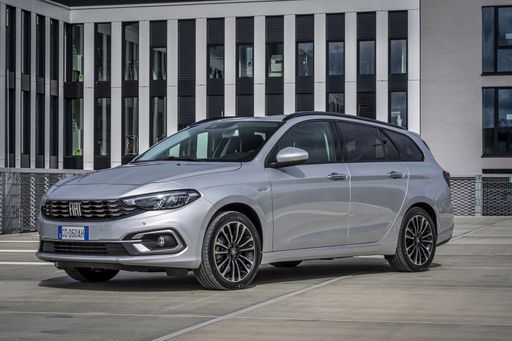 @ media.stellantis.com
@ media.stellantis.com
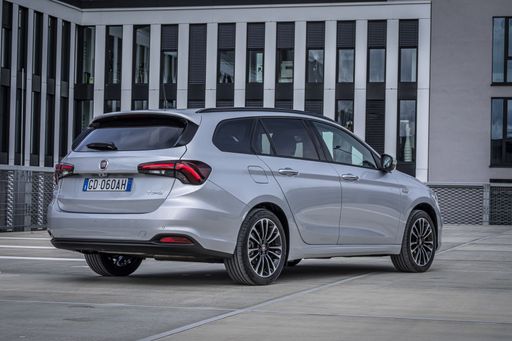 @ media.stellantis.com
@ media.stellantis.com
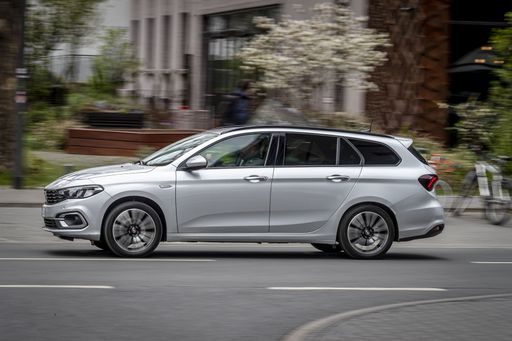 @ media.stellantis.com
@ media.stellantis.com
Dacia Bigster
The Bigster is poised to redefine the SUV segment with its bold design and spacious interior, catering to the needs of both families and adventure seekers alike. Emphasizing sustainability and practicality, this model reflects a modern approach to automotive engineering, making it a compelling choice for environmentally conscious drivers. With its striking presence on the road, the Bigster not only captures attention but also embodies a new era of versatile mobility.
details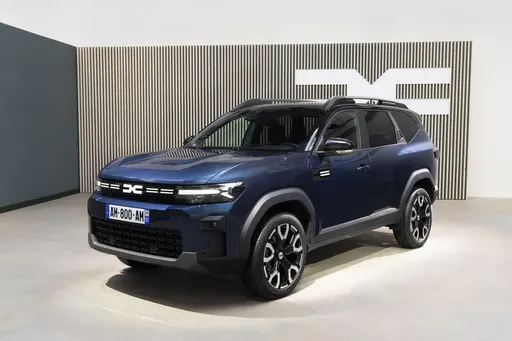 @ media.renault.at
@ media.renault.at
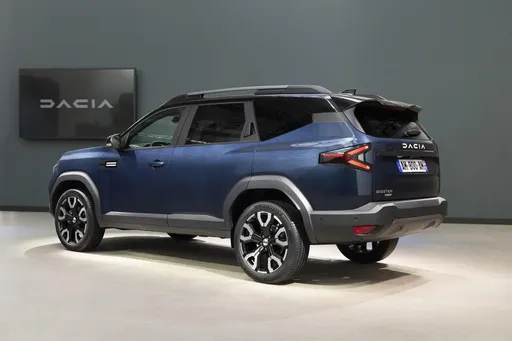 @ media.renault.at
@ media.renault.at
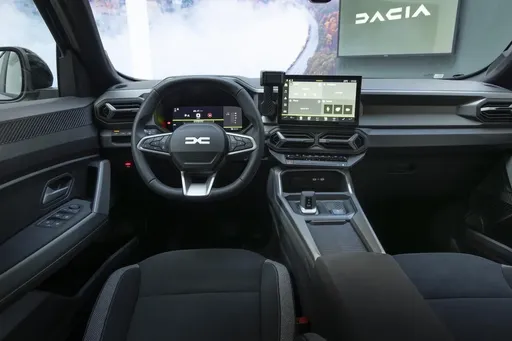 @ media.renault.at
@ media.renault.at
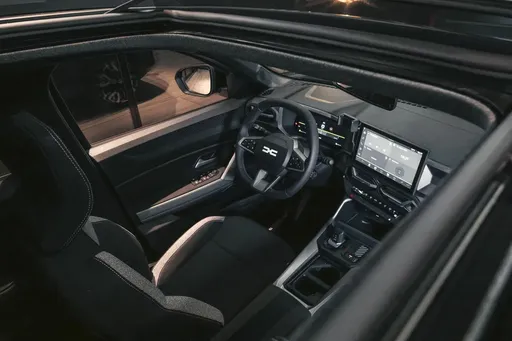 @ media.renault.at
@ media.renault.at
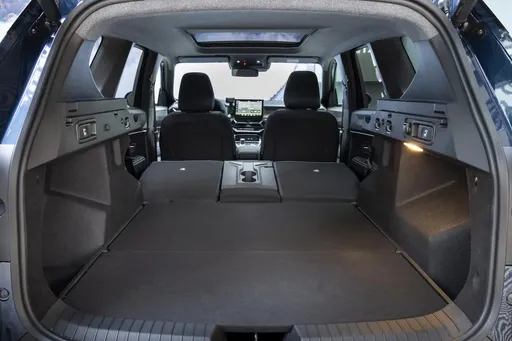 @ media.renault.at
@ media.renault.at

|

|
|
|
|
Costs and Consumption |
|
|---|---|
|
Price
21000 - 27000 £
|
Price
20600 - 26600 £
|
|
Consumption L/100km
4.7 - 5.4 L
|
Consumption L/100km
4.7 - 7.1 L
|
|
Consumption kWh/100km
-
|
Consumption kWh/100km
-
|
|
Electric Range
-
|
Electric Range
-
|
|
Battery Capacity
-
|
Battery Capacity
-
|
|
co2
122 - 125 g/km
|
co2
106 - 137 g/km
|
|
Fuel tank capacity
50 L
|
Fuel tank capacity
50 - 55 L
|
Dimensions and Body |
|
|---|---|
|
Body Type
Estate
|
Body Type
SUV
|
|
Seats
5
|
Seats
5
|
|
Doors
5
|
Doors
5
|
|
Curb weight
1455 - 1470 kg
|
Curb weight
1425 - 1547 kg
|
|
Trunk capacity
550 L
|
Trunk capacity
510 - 667 L
|
|
Length
4571 mm
|
Length
4570 mm
|
|
Width
1792 mm
|
Width
1813 mm
|
|
Height
1514 mm
|
Height
1705 mm
|
|
Payload
475 kg
|
Payload
383 - 467 kg
|
Engine and Performance |
|
|---|---|
|
Engine Type
Petrol MHEV, Diesel
|
Engine Type
Petrol MHEV, Full Hybrid, LPG
|
|
Transmission
Automatic, Manuel
|
Transmission
Manuel, Automatic
|
|
Transmission Detail
Dual-Clutch Automatic, Manual Gearbox
|
Transmission Detail
Manual Gearbox, Automated Manual
|
|
Drive Type
Front-Wheel Drive
|
Drive Type
All-Wheel Drive, Front-Wheel Drive
|
|
Power HP
130 HP
|
Power HP
130 - 155 HP
|
|
Acceleration 0-100km/h
9.1 - 10.1 s
|
Acceleration 0-100km/h
9.7 - 11.2 s
|
|
Max Speed
206 - 207 km/h
|
Max Speed
180 km/h
|
|
Torque
240 - 320 Nm
|
Torque
230 Nm
|
|
Number of Cylinders
4
|
Number of Cylinders
3 - 4
|
|
Power kW
96 kW
|
Power kW
96 - 115 kW
|
|
Engine capacity
1469 - 1598 cm3
|
Engine capacity
1199 - 1799 cm3
|
General |
|
|---|---|
|
Model Year
2024
|
Model Year
2025
|
|
CO2 Efficiency Class
D
|
CO2 Efficiency Class
E, D, C
|
|
Brand
Fiat
|
Brand
Dacia
|
Fiat Tipo Wagon
Introduction to the Fiat Tipo Station Wagon
The Fiat Tipo Station Wagon has long been a staple in the automotive world, celebrated for its practical design, spacious interior, and affordability. The 2024 model continues this tradition, offering impressive updates in technology and performance, making it a significant contender in the compact estate car market. Here, we take a closer look at what makes the Fiat Tipo Kombi a standout choice.
Engine and Performance
Under the bonnet, the Fiat Tipo Station Wagon showcases its versatility with a choice of powertrains. Its offerings include a 1.5 GSE Hybrid with a mild-hybrid system that enhances fuel efficiency and provides a responsive driving experience. This engine choice delivers 130 PS and achieves a commendable fuel consumption rate of 5.4 L/100km.
For diesel enthusiasts, the 1.6 MultiJet engine provides a robust performance with the same 130 PS but boasts an even lower fuel consumption of 4.7 L/100km. Both engine variants offer a front-wheel drive system which is complemented by either a dual-clutch automatic transmission or a traditional manual gearbox, ensuring a pleasurable driving experience tailored to individual preferences.
Advanced Technology and Innovations
The 2024 Fiat Tipo Station Wagon is equipped with a suite of modern technologies, enhancing both safety and convenience. The model features an advanced infotainment system that integrates seamlessly with smartphones, offering navigation, media, and communication tools via a sleek and intuitive touchscreen interface.
On the safety front, the Tipo Station Wagon is equipped with various driver assistance systems, including adaptive cruise control and lane-keeping assist, ensuring both comfort and security on the road. These innovations reflect Fiat's commitment to merging safety with cutting-edge technology.
Design and Comfort
From a design perspective, the Fiat Tipo Station Wagon maintains a sleek and modern aesthetic, characterised by clean lines and a distinctive front grille that conveys confidence. The vehicle's dimensions (4571 mm in length, 1792 mm in width, and 1514 mm in height) provide ample space for passengers and gear, while a generous boot offers 550 litres of cargo capacity.
Inside, the Tipo Station Wagon is designed with comfort in mind, accommodating five passengers comfortably. The interior cabin is spacious, with quality materials and ergonomic seating ensuring that long journeys are undertaken in comfort.
Efficiency and Environmental Considerations
Efficiency is at the core of the Fiat Tipo Station Wagons design, as evidenced by its low fuel consumption figures and CO2 emissions ranging between 122 and 125 g/km, securing a CO2 efficiency class of D. This makes the vehicle an environmentally conscious choice without sacrificing performance or convenience.
Conclusion
For those in search of a reliable, spacious, and technologically advanced vehicle, the Fiat Tipo Station Wagon stands out as an excellent option. Its combination of performance, efficiency, and modern technology, all wrapped in a stylish design, ensures that it remains a top choice for 2024 and beyond.
Dacia Bigster
Introducing the Dacia Bigster: A Game Changer in the SUV Market
The Dacia Bigster is poised to redefine the landscape of compact SUVs with its striking design, innovative technologies, and a variety of powertrains that cater to a broad range of consumers. As the automotive world continues to shift towards sustainability without compromising performance, the Bigster stands out with its thoughtful engineering and modern features.
Striking Design and Practicality
From the moment you lay eyes on the Bigster, you can see that it was designed with purpose. Its robust silhouette, bold front fascia, and wide stance convey a sense of strength and stability. With dimensions of 4570 mm in length, 1813 mm in width, and standing 1705 mm tall, the Bigster offers a spacious cabin that comfortably accommodates five passengers. Coupled with a trunk capacity ranging from 546 to 667 liters, this SUV is as practical as it is stylish, making it perfect for both city driving and outdoor adventures.
Powerful and Efficient Engines
The Dacia Bigster offers a range of engine options designed to meet diverse consumer needs. The line-up includes two petrol MHEV variants: the TCe 130 and TCe 140, both available in front-wheel drive and all-wheel drive configurations. These engines not only deliver robust performance, with outputs between 130 and 140 HP, but also prioritize fuel efficiency, achieving consumption figures as low as 5.5 liters per 100 kilometers.
For those seeking an eco-friendlier option, the Bigster also features a Full Hybrid variant, the Hybrid 155, which offers an impressive 155 HP with a fuel efficiency rating of just 4.7 L/100 km. Additionally, the ECO-G 140 LPG variant allows for even more cost-effective driving without sacrificing power, catering especially to environmentally conscious consumers.
Innovative Technology Enhancements
The Dacia Bigster is equipped with an array of advanced technological features aimed at enhancing the driving experience. Its comprehensive infotainment system integrates a user-friendly interface with smartphone connectivity, ensuring that drivers can stay connected while on the road. Safety has also been prioritized, with features such as advanced driver assistance systems designed to keep both the driver and passengers secure.
Performance Meets Efficiency
Performance is a central theme in the Bigster's engineering. The SUV boasts a range of acceleration times, with the TCe 130 reaching 0-100 km/h in approximately 11.2 seconds and the TCe 140 doing so in a swift 9.8 seconds. The Hybrid model enhances this performance even further, offering a 0-100 km/h time of just 9.7 seconds. With a maximum speed of 180 km/h, the Bigster is not only capable but also thrilling to drive.
Comfort and Versatility
Inside, the Dacia Bigster emphasizes comfort and versatility with a roomy cabin that features high-quality materials and modern finishes. The SUV is designed with adjustable seating configurations and ample legroom, making it ideal for both daily commutes and longer journeys. It's also worth mentioning that the vehicle's curb weights range from 1425 kg to 1503 kg, optimized for performance and efficiency.
Conclusion: The Future of Driving with Dacia Bigster
The Dacia Bigster is more than just a new SUV; it represents a significant step forward in blending efficiency, performance, and practicality in an ever-evolving automotive landscape. With various engine options, advanced features, and a commitment to sustainability, it is clear that the Bigster is designed to meet the demands of modern drivers while appealing to a wide audience. Whether you are looking for a reliable city cruiser or a capable outdoor companion, the Dacia Bigster is set to deliver on all fronts.
Which drive types are available for the Fiat Tipo Wagon?
Available as Front-Wheel Drive.
The prices and data displayed are estimates based on German list prices and may vary by country. This information is not legally binding.
